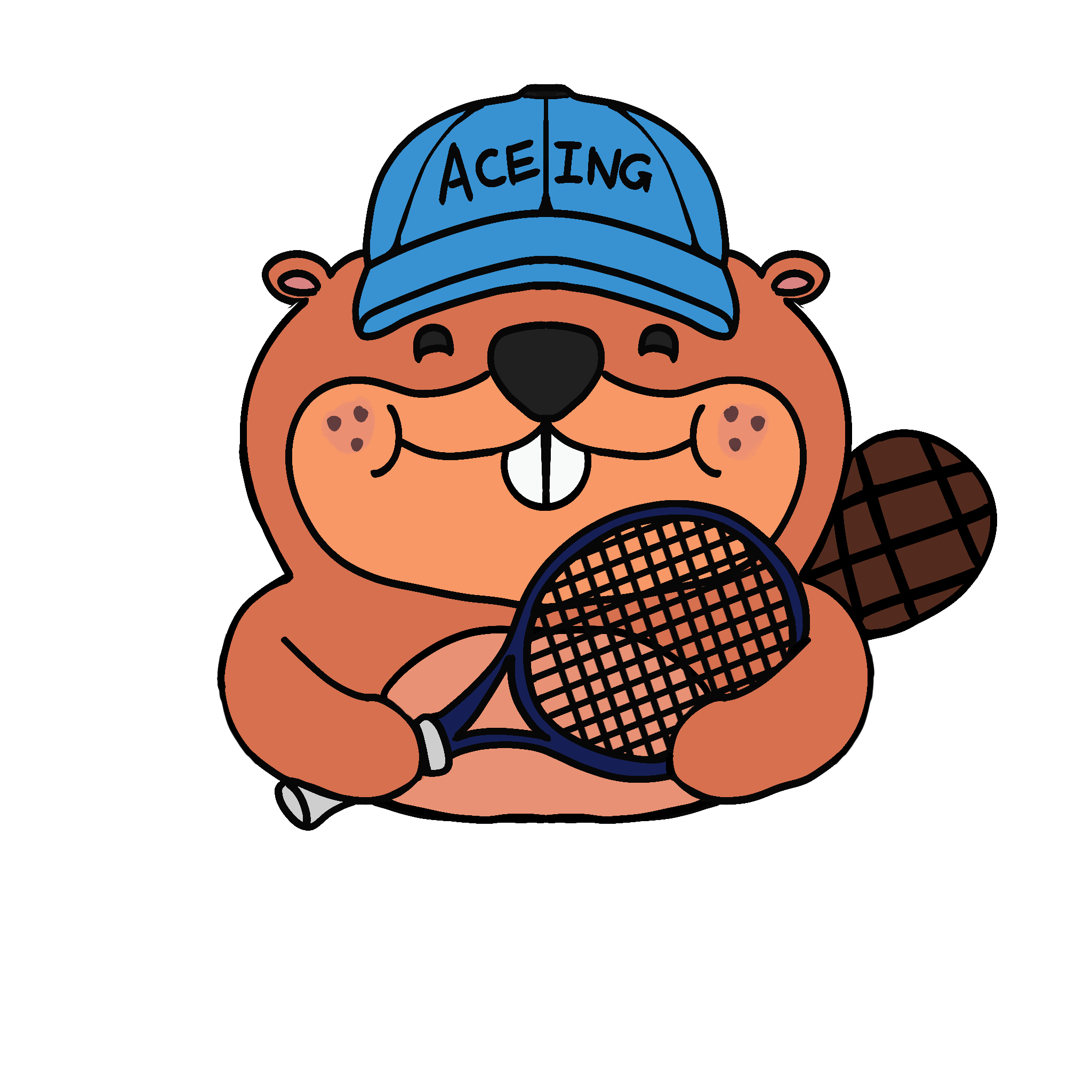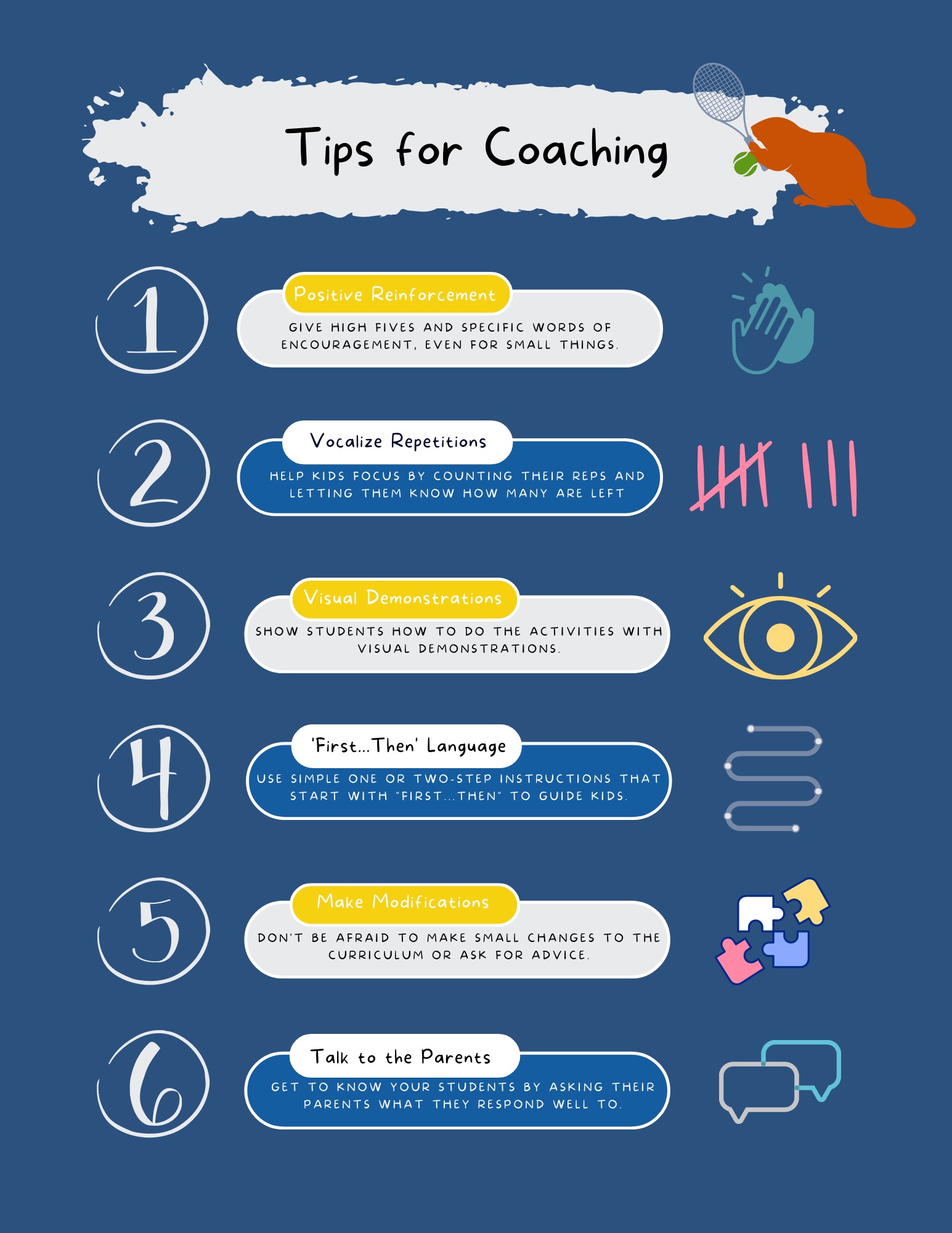
Starting a new program is difficult, especially if you don't know where to begin or what timeline to follow. Here, we've compiled some resources to help you along your ACEing journey. Please note that these are not officially sanctioned resources from ACEing Autism, but just some tips from our own experiences!
If you're here, you're interested in starting your own ACEing Autism branch!
Hopefully, you've already been registered as a volunteer and have
volunteered multiple times before with a different clinic. If not, we
strongly recommend that you do so, so that you can better
understand the expectations and demands of a program.
The ACEing Autism official website provides a
nifty timeline graphic
that shows you how the usual process of getting a program started works.
While we don't know how the selection process for new Program Managers
works, Jen (the Pasadena branch founder) contacted ACEing Autism about
starting our first program in May 2022 back in October 2021, so around
the recommended 6 months before program start date as shown in the timeline.
Even before your program manager phone interview is scheduled, you should consider where you want to host the program. For our clinic, the tennis courts at Caltech were an obvious choice, as they were close to campus with amenities like parking and bathrooms nearby. If you are affiliated with a school or university, evaluate how supportive the athletic administration would be regarding hosting the clinic on the school's facilities. If you are affiliated with a tennis club, maybe inquire if they would offer discounted rates for a non-profit program. If you are an individual who wants to contribute to the community, look into public tennis court facilities and whether they can be reserved. Location is a big factor in having a successful program; without courts, the program won't happen. ACEing Caltech has been lucky to have the support of both Caltech Athletics and the Caltech administration in acquiring court time and other resources for our clinics.
Congrats! You've been approved as a Program Manager and have secured court time for your programs' dates. Now, all you need are participants to attend. At this point, ACEing Autism will offer their own resources in helping you navigate the program planning timeline. However, there are programs all over the country and you know your community best. The most common way our program was advertised to our participants was through word-of-mouth. If you have a personal connection to the Autism community in your neighborhood, you can let people know personally about the new program. Additionally, posting flyers in communal spaces, sending emails to local public schools with special education programs or private schools that specialize in additional support services for children with Autism, are all good ways to let people know about the program.
For the ACEing Autism - Pasadena program, we like to begin volunteer recruitment before we open registration in order to make sure we have enough resources to support all the participants who sign up. Volunteer recruitment can be tough, especially if your program is not connected to an academic institution. Even though our program is supported by Caltech and run by Caltech students/alums, we still placed a strong emphasis on recruitment outside of Caltech.
ACEing Autism provides background checks for all volunteers and recommends about 2 volunteers per participant in each tennis clinic. The amount of volunteers you recruit is dependent on the support level of your participants, the reliability of your volunteers, etc. We recommend trying first to recruit volunteers from communities you're familiar with (i.e. asking your friend who loves working with kids to help out), before branching out further.
We require all brand-new volunteers (never volunteered before anywhere for ACEing Autism)
to attend an in-person training before the first session of the program.
ACEing Autism has great resources to provide this in-person training; for
our very first session back in May 2022, one of the National Directors
came out to Pasadena to help train our volunteers for an hour before
the clinic began. Now that our program is more established, we run
the training ourselves for a half hour before the first clinic.
During the training, it is especially important for the volunteers to
be engaged so that they can apply what they learned. We like to create
a fun, interactive environment, where one volunteer demonstrates a drill to another
volunteer, who stands in for the participant. We have also written up
tips for volunteers to remember (see next section) and provide ongoing
support during the clinic.

We believe in creating a collaborative environment, so all executive members make decisions together at weekly meetings and work with each other to complete different tasks. The Program Director is usually responsible for establishing the agenda and leading the weekly discussions. The Assistant Program Director focuses on curriculum and quality assurance for the weekly clinics. The Logistics Director is primarily responsible for taking care of communications between the program and volunteers/parents. There is no strict hierarchy or responsibilities, however; we all help out on court when needed and work with each other in a team.
While running your program, don't forget to talk to the parents and
interact with them regularly! As a Program Director, the ideal situation
is for the program to run smoothly enough so that the Court Leads and
other support staff will take care of the participants on the court.
Building relationships with the parents will establish an important
line of communication about their child's needs, whether it's seeking advice on
how to handle certain behaviors, or a conversation about whether the
current volunteer pairing is working out well. This is one of the final
steps in order to ensure a successful ACEing Autism program.
We hope these guides were helpful to you! Don't forget that this
activity should be fun, and we wish you the same joy and fulfillment
we get from running ACEing Caltech.